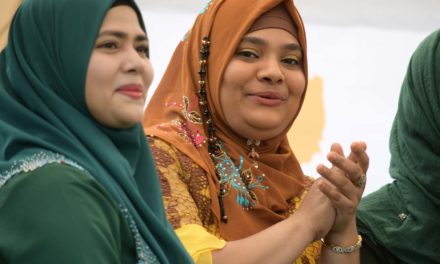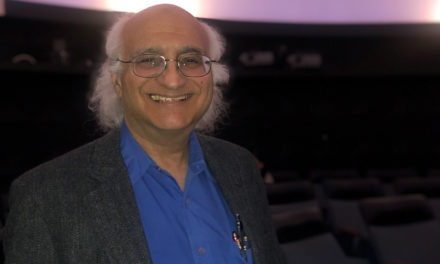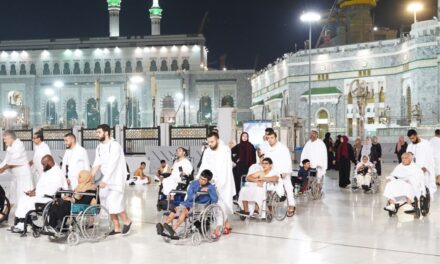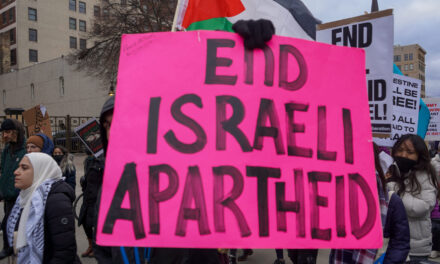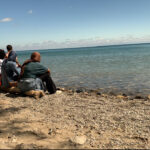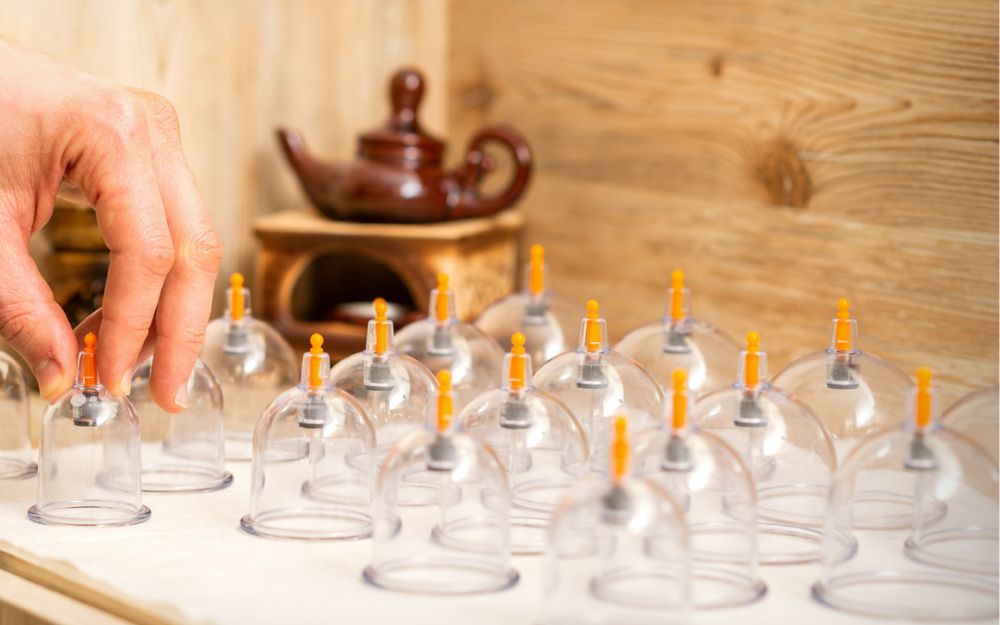
The ancient practice of cupping has continued to be used for physical, mental health including Olympic athletes and available locally by certified practitioner, Lelana Murry.
In Islam, the wet cupping therapy technique Hijama (means cupping in Arabic) has ancient origins, being used for its various health benefits including eased pain and blood pressure, improved blood flow and fertility, and reduced stress and anxiety. As a certified Hijama practitioner, Lelana Murry shares her passion for the holistic healing method with the Greater Milwaukee community through her practice called Sacred Cupping. She currently books at-home appointments exclusively for women, able to be set up via Instagram.
A few years ago, Murry and her family had their first Hijama experience while on a trip to Turkey. While there, she learned that Hijama has significance in Islam.
“It was practiced even long before Islam came about, by the Egyptians and Chinese civilizations,” Murry explains. “The prophet Muhammad, peace be upon him, practiced Hijama consistently throughout his life.” The practice of cupping therapy has become more widespread in modern times, notably used by a number of Olympic athletes.
Hijama concentrates on physical, mental and spiritual health. Before a session, Murry recommends proper hydration, taking a shower, fasting for several hours, and reading both Ayat Al Krusi and the three Quls.
With wet cupping, the practitioner makes little incisions in the skin with a sterile blade, after which the suction from the cups draws a small amount of blood. These cuts are made to improve local blood circulation.
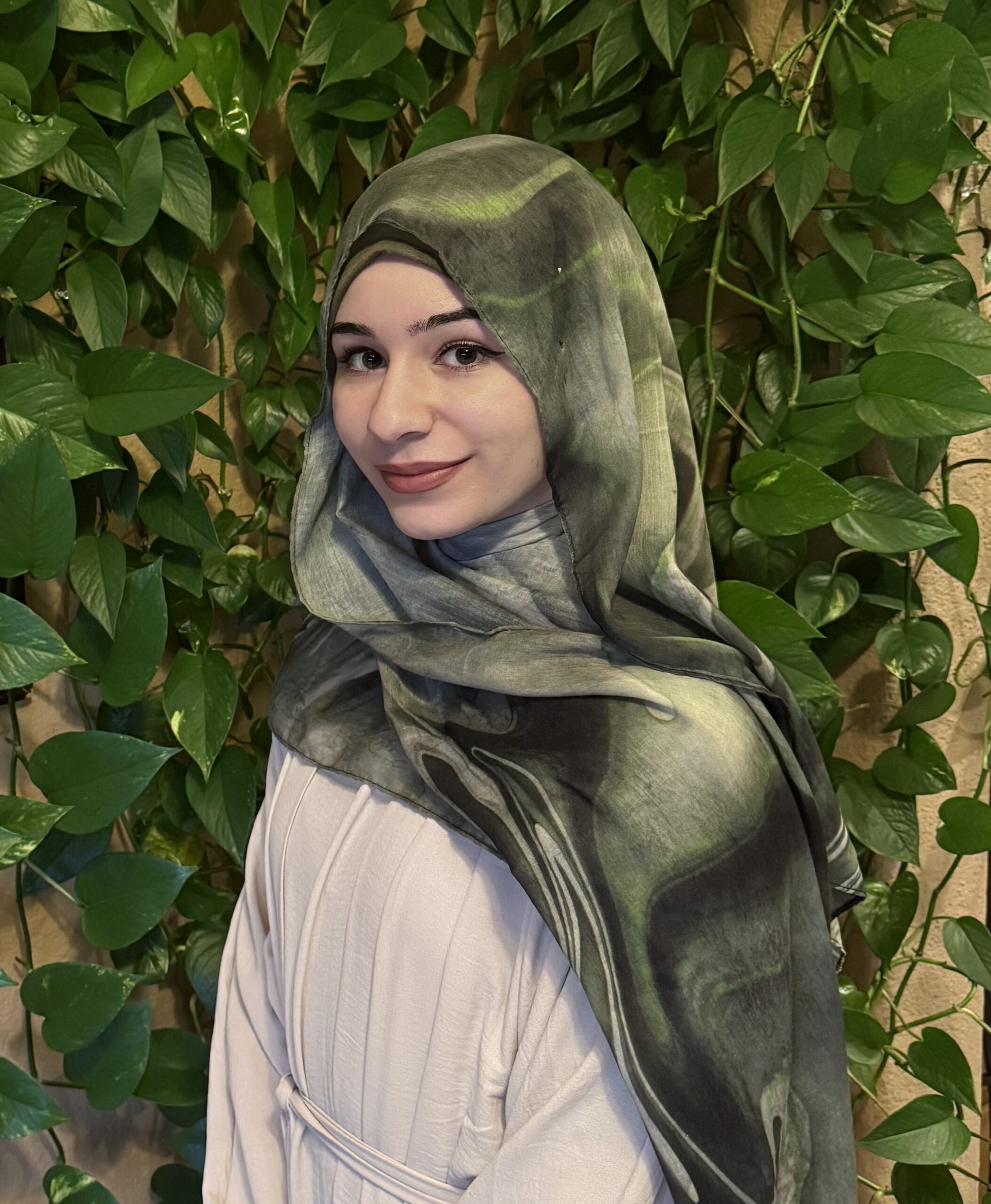
Lelana Murry, certified Hijama practitioner, first learned about Hijama’s significance while traveling in Turkey.
“It addresses an imbalance in the body that is causing a lot of health issues in a person,” Murry elaborates. “It’s supposed to remove toxic old blood fluids from the body, and in doing that, it helps with recirculating oxygen to parts of the body, which helps with pain relief and removing inflammation.”
Sacred Cupping offers both traditional and advanced Hijama, for $85 and $125 sessions, respectively. With advanced Hijama, extra cups are applied to the back and more nuanced, specific health conditions get treated.
Murry recommends that folks receive traditional Hijama at least three or four times a year. She also offers dry cupping for $60 a session. With dry cupping, no incisions are made on the skin.
“That’s offered for anyone who has a preference for it,” Murry mentions. “Hijama requires scarification of the skin, and some people might be a little sensitive to that.”
Hijama cannot be performed on someone who is pregnant, immunocompromised, on blood thinners or has cancer, clotting disorders or skin issues. However, dry cupping is safe and available for those with any such conditions.
Murry had been dealing with heavy anxiety while in nursing school, but she felt relief immediately upon receiving Hijama for the first time, recalling, “I felt my anxiety decrease significantly.”
The palpable relief and spiritual significance of Hijama inspired Murry to learn more about it. Murry’s mother had chronic back pain that became exacerbated by a car accident, and conventional treatment methods like muscle relaxants, physical therapy and pain medications were not helping her.
Murry decided to give her mother Hijama, which completely changed her pain levels. “Her pain went from a 20 out of ten to a zero out of ten, just from the first session,” Murry continues. “That’s when I knew I really needed to do something with this.”
She enrolled in an online course through an academy in the United Kingdom. Over a two year-period, Murry studied and practiced Hijama with friends and family for hundreds of hours.
“After I completed the coursework and modules and research, I took a practical exam at the end where I had someone volunteer to be my client,” she notes. “Someone from the academy watched and made sure my physical technique was correct, and that I took proper health history and that sanitation and safety was intact.”
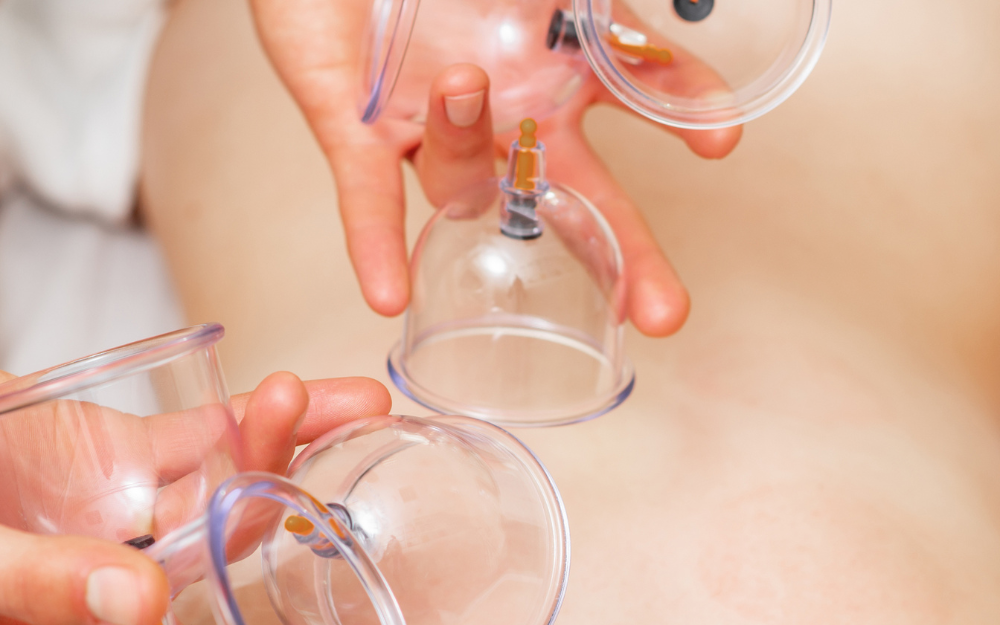
Cups used in cupping therapy uses the force of suction to pull blood toward the surface of the skin, or away from specific areas to increase a natural healing response.
Upon passing the exam, Murry began her Sacred Cupping practice last May, naming it to emphasize the importance of good health. Her schedule quickly filled up with clients, and as of now, Murry books out quite far in advance, balancing Hijama with her other job as an inpatient psychiatric nurse while also full-time in school.
“We’ve had a really high demand to the point where I’ve had to extend people out months ahead,” she confirms. “It’s great, and I love what I do, and I’m happy to accommodate for everyone.”
Murry brings her materials and massage table to each client’s home. She often receives clients through word-of-mouth; for example, one client might refer five members of their family to her, and those family members in turn refer their friends. “It’s a beautiful network,” she describes.

Lelana Murry’s business, Sacred Cupping for women, is booked through Instagram for at-home appointments. Her goal is to expand by training other Hijama practitioners and having a brick-and-mortar clinic.
For the future, Murry hopes to expand Sacred Cupping by training assistants and other Hijama practitioners. She would also like to eventually have male practitioners involved with Sacred Cupping so that the business may cater to male patients. Once Murry finishes school, she hopes to one day have a brick-and-mortar clinic.
“Hijama is for everyone – Muslim or non-Muslim, men or women,” Murry concludes. “I believe that everyone has the right to experience the benefits of Hijama.”
